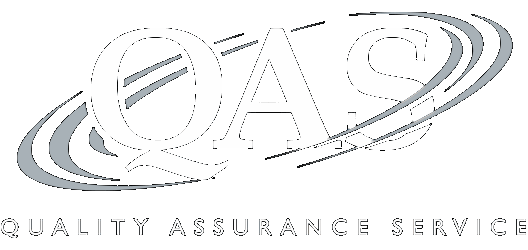Single Sales Factor Apportionment: Market-Based Sourcing vs. Cost of Performance, Business Dispositions, State Nuances
Recording of a 110-minute CPE webinar with Q&A
This webinar will review the nuances and calculations of single sales factor apportionment. Our panel of state income tax consultants will explain differences in market-based sourcing and cost of performance, outline the impact of the sales factor on the disposition of a business, and point out variances in states' application of single sales factor apportionment to avoid unexpected tax and minimize overall state tax paid by multistate companies.
Outline
- Single sales factor apportionment: introduction
- Compared to other methods
- Three-factor vs. single sales factor apportionment
- Cost of performance vs. market-based sourcing
- Other trends
- Impact on disposition of a business or business assets
- Caveats
- State methodology differences
- Treatment differences by partner type
- Other caveats
- States requiring elections to use single sales factor
- Examples
- Specific states
- Specific business types
Benefits
The panel will review these and other critical issues:
- States requiring elections to use single factor sales apportionment
- Impact of the sales factor on business and asset sales
- Specific state methodology differences in the application of single sales factor apportionment
- Differences in cost of performance and market-based sourcing
Faculty

Scott Smith, JD
Managing Director, National Tax Office, Technical Leader State & Local Tax
BDO USA
Mr. Smith is national technical leader of BDO’s State & Local Tax (SALT) practice. He sets BDO's policies... | Read More
Mr. Smith is national technical leader of BDO’s State & Local Tax (SALT) practice. He sets BDO's policies and positions on technical SALT issues, as well as thought leadership, brand visibility, training and risk management. Mr. Smith's SALT practice is the result of over 25 years of experience and is national in scope and focused on multistate tax consulting, representing clients in multistate SALT controversies, and advising clients with respect to their multistate tax planning. The main concentration of Mr. Smith's SALT practice is on corporate income and franchise taxes, but he has also advised and represented clients with respect to their sales and transactions tax needs as well. A significant amount of his representation focuses on helping clients on the state tax consequences of mergers and acquisitions, intra-group reorganizations, special purpose entities, and business planning.
Close
Richard W. Spengler, CPA
National Technical Leader - State & Local Tax
BDO USA
Mr. Spengler's main area of focus is state income and franchise taxes with significant experience in the design and... | Read More
Mr. Spengler's main area of focus is state income and franchise taxes with significant experience in the design and implementation of legal entity structures that are more tax efficient. As a result of his unique background, he has had success in designing structures that both minimize the impact on his client’s operations while maximizing the tax savings received by the client. Mr. Spengler specializes in the design of structures that both complement the client’s underlying business and provide diversified tax savings. As such, he has successfully designed structures for clients that simultaneously reduce state income tax, Single Business Tax, franchise tax, sales & use tax and federal income tax while logically fitting within the way the business operates. In addition to restructuring work, Mr. Spengler also has significant experience with the analysis of tax return positions and with the subtle interaction between the Federal income tax framework and its impact on a client’s state income tax reporting. He has had a great deal of success with securing significant refunds for clients related to gray and misunderstood areas of the tax law.
Close
